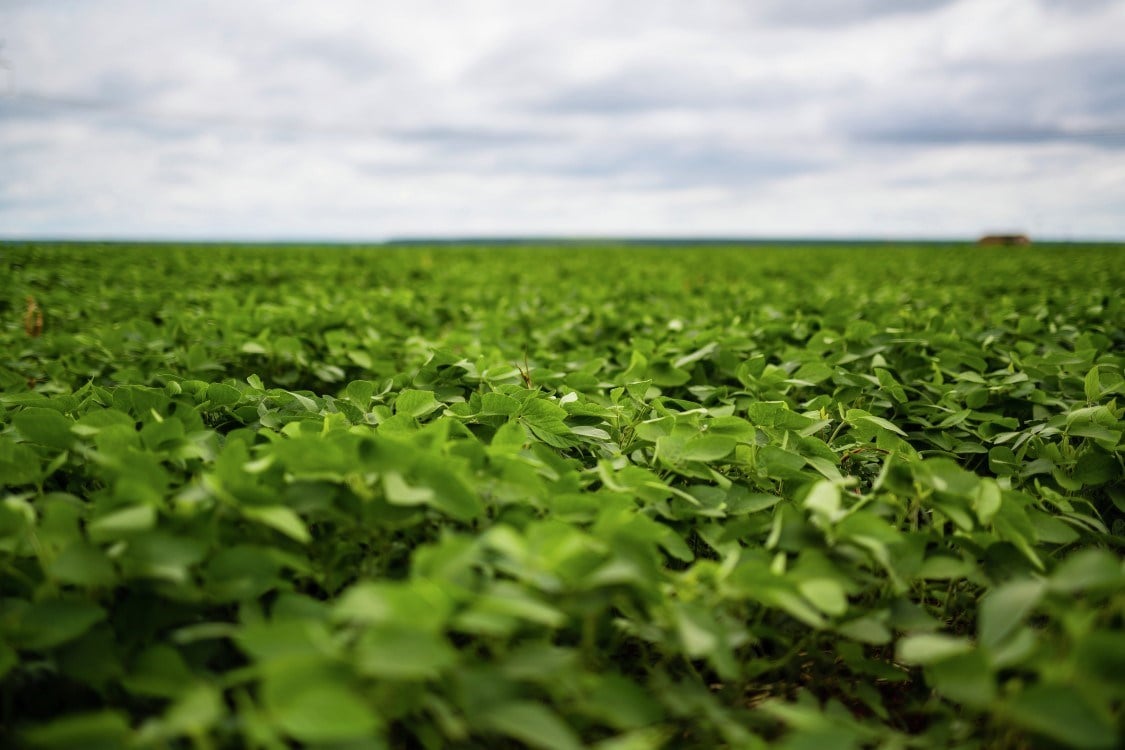We need more food, but where is it going to come from?
Like water and air, food is essential to life, but our current food resources are being stretched to their limits. It’s estimated that we are already consuming the equivalent of 1.7 planet Earth’s worth of natural resources in order to produce food. This is happening at the same time that one in nine people in the world are suffering from hunger and 13% of developing region populations are undernourished.
As a global society, we are around 7.5 billion people heading towards 9.5 billion by 2050. Not only does this present the problem of an additional 2 billion mouths to feed, human diets are also increasingly shifting in line with growing prosperity. Consequently, the forecast that current global agriculture production needs to almost double by the midway point of this century makes long-term food and nutrient security one of the most pressing challenges that we face today.
As the world’s most efficient protein generator, aquaculture is one of the most important long-term growth areas for food production. According to the Food and Agriculture Organization of the United Nations (FAO), it continues to grow faster than any other major food sector and by 2030 is expected to provide 89% of the fish available for human consumption. Global output is forecast to reach 109 million tonnes by this date, representing a rise of 32% compared to 2018 (Source: ‘The State of World Fisheries and Aquaculture’, FAO 2020).
We also know it’s no longer sustainable to chop down more forests, extract more water from depleting water reserves, or allow our fossil fuel emissions to rise any further in order to produce more food.
But while aquaculture has the potential to bridge the gap between the supply and rising seafood demand, and to also help achieve economic, social and environmental goals, thus contributing to FAO’s 2030 Agenda for Sustainable Development, it’s not without its own specific dilemmas. With regards to its long-term growth, the resources that it consumes present its biggest potential limiting factor. Indeed, with capture fisheries only able to sustainably supply finite quantities of traditional marine ingredients, aquaculture faces the very real risk of a feed raw material gap.
So whilst these megatrends offer considerable opportunities for farming on land and in the water, in recognising that we are reaching ecological limits, we also know it’s no longer sustainable to chop down more forests, extract more water from depleting water reserves, or allow our fossil fuel emissions to rise any further in order to produce more food. Our approach to food production has to change. We have to think about what we can do to safeguard the natural resources that we have, and if possible, alleviate pressures that have already been exerted on them.
Essentially, our future food needs must be met in the most responsible, efficient and safe ways possible, and all commercial food production sectors have an obligation to strike this balance.Thankfully, there are ways for us to do this. Breakthrough solutions are at hand. New thinking, new innovations, new technologies and new raw material ingredients are coming to the fore that will enable us to collectively feed the future.
